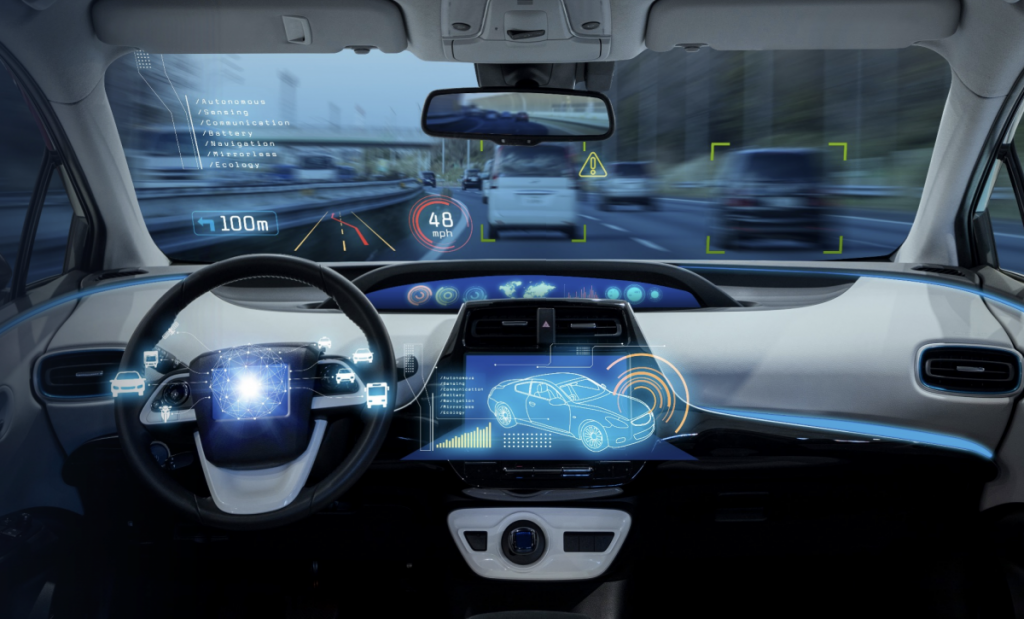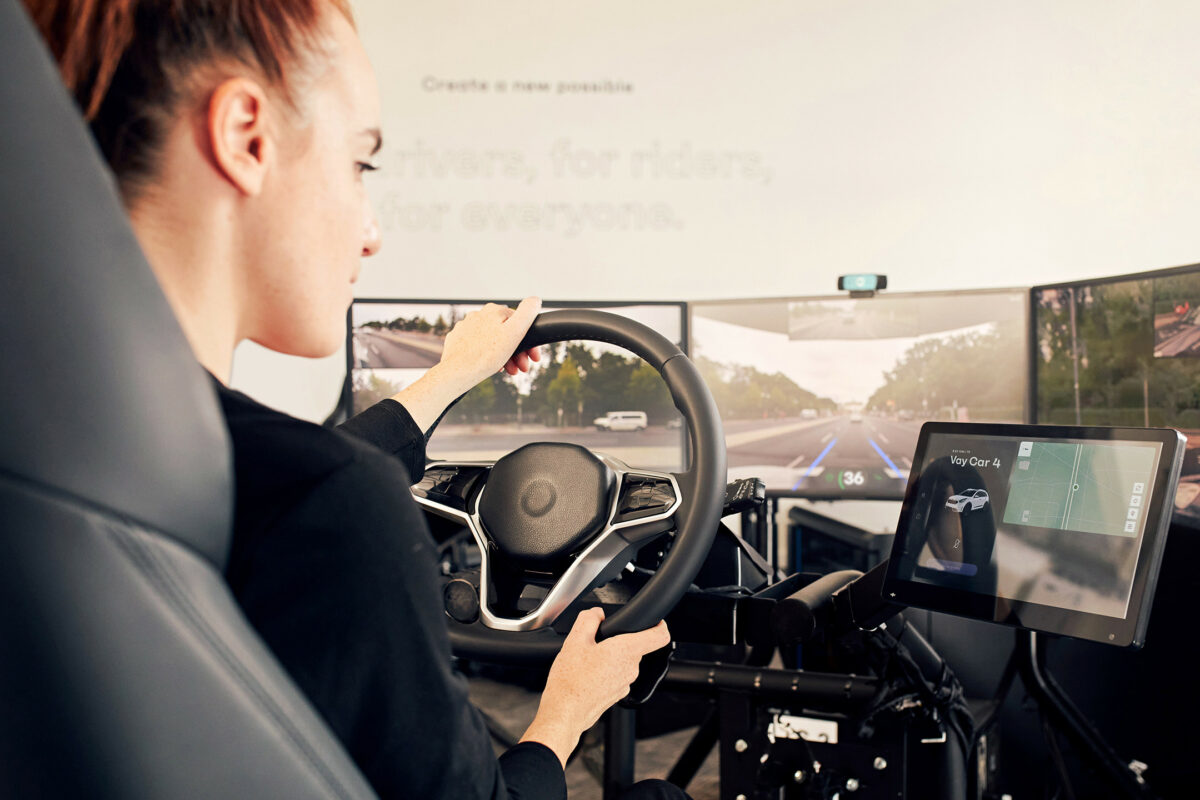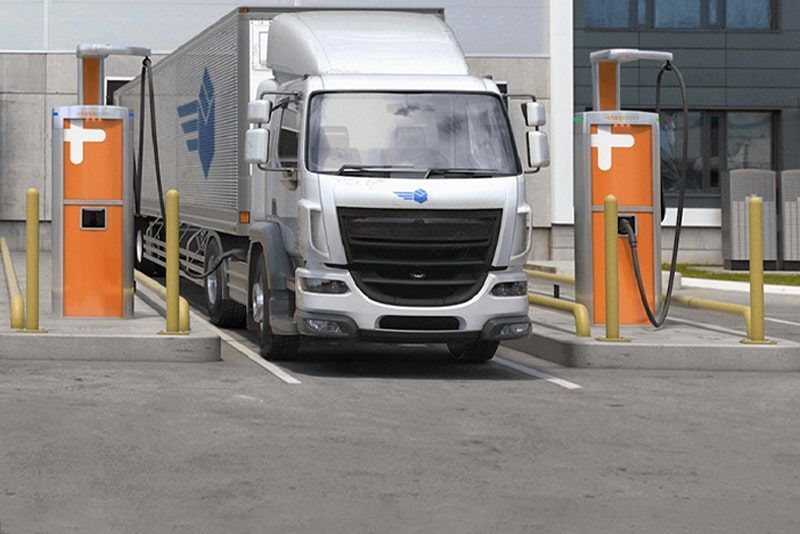It’s clear that the automotive industry has moved away from the analogue, manual vehicles of the past. The so-called analogue era, which ended in the early 2000s, included cars with less computerised assistance. This meant that brakes would often lock, steering was heavy, and drivers would need to look in their mirrors to parallel park.
That feels a world away from the modern vehicles of 2023, which are layered with digital technology to drive both efficiency and affordability. As the automotive world moves towards electrification and autonomy—with cars now fitted with computer systems to control driver inputs like steering, braking, throttle, and gear selection— manufacturers are looking to embrace the positive changes offered by these technologies.
The role of embedded software
Modern vehicles are a platform for human interaction and highly connected, autonomous vehicles will soon become a further extension of our home and work routines, building on existing features such as infotainment smartphone connectivity and automated driver assist features. But to get there, a significant amount of coding and computing will be required, and that’s where software for embedded systems (such as electronic control units) comes in. Software is a vital component in the automotive industry and it now governs every element of vehicle behaviour and operation, from assisting drivers on the roads to improving fuel efficiency and providing advanced functional safety and entertainment features.
It’s therefore crucial for manufacturers to get software development right. When they do, they can bring successful new models to market on time and within budget. When they don’t, model launches may be delayed, bringing major reputational implications and missed return on investment opportunities.

How to get software development right
The most common reason for software development going wrong relates to poorly defined requirements at the beginning of the process. To increase the likelihood of getting it right first time, OEMs should adopt a shift-left approach—which involves frontloading considerations around testing and implementation into the design stages, to prevent problems later down the line.
As part of this, OEMs should prioritise investment in robust software development procedures. This should be considered as proactive risk management and governance—as getting software right first time equals less risk from both a financial and reputational basis by avoiding the threat of costly recalls and legal issues.
Adopt the V model
Finally, when embarking on an embedded software project, automotive technology teams should look to adopt the V-model: a software development process that describes the relationship between each phase of the development life cycle and its corresponding testing phase.
After clearly defining the requirements and developing an understanding of the software’s functionality, the V-model can cover every step of the development lifecycle—from initial requirements through to code release into production.
This will help to guide development teams through the process and avoid software bugs and faults. Robust development can be achieved through manual and automated testing, as well as running test scripts, helping to drive manufacturers towards the future of mobility. With the rapid advances in embedded software practices as well as the technologies it can enable, these are exciting times ahead.
The opinions expressed here are those of the author and do not necessarily reflect the positions of Automotive World Ltd.
Jonathan Smith is Solution Architect and Account Manager at Expleo
The Automotive World Comment column is open to automotive industry decision makers and influencers. If you would like to contribute a Comment article, please contact editorial@automotiveworld.com


